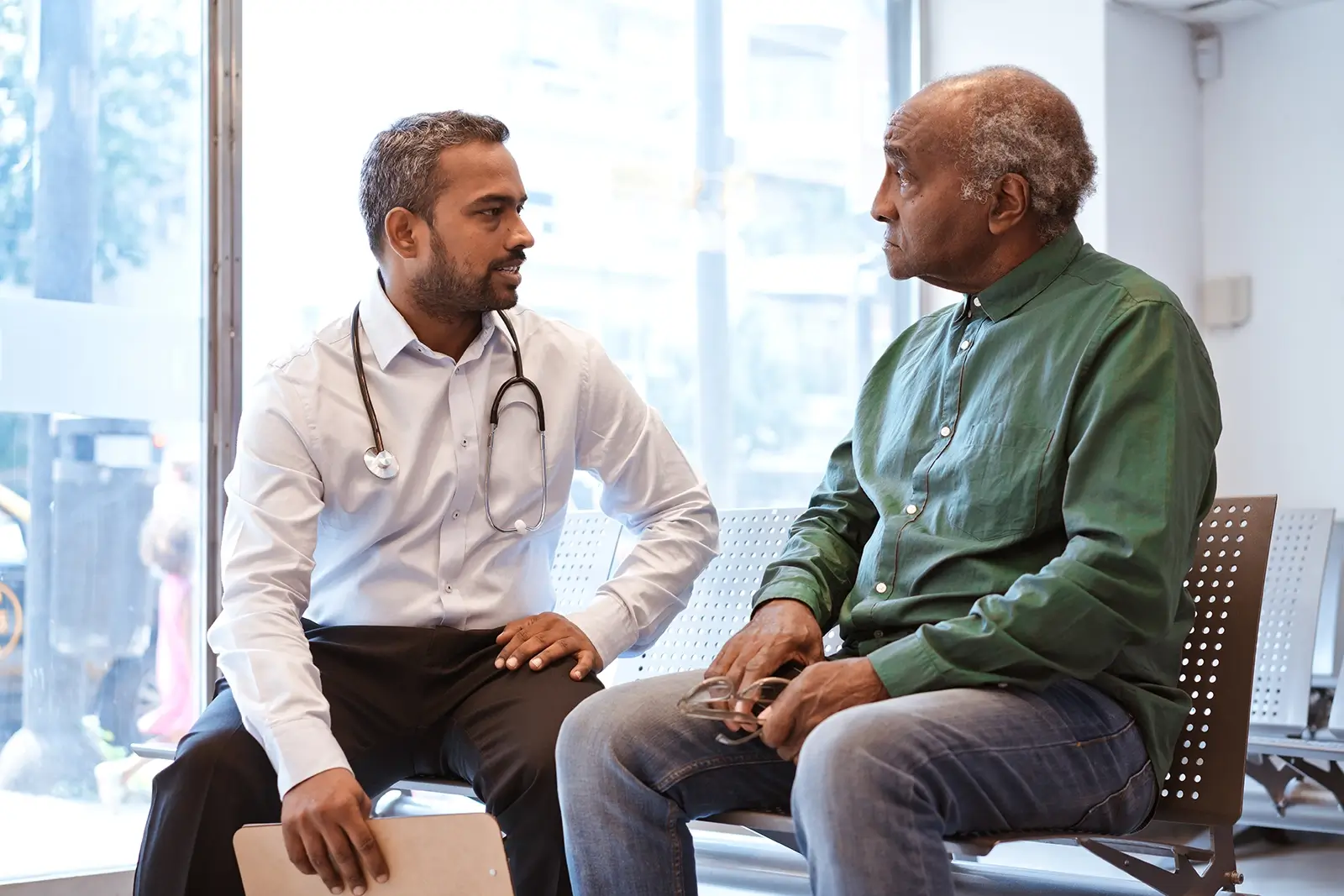Creating a combined advanced therapy medicinal product as an SME in the EU
Developing a combined advanced therapy medicinal product as a micro, small or medium-sized enterprise in the European Union
Combined advanced therapy medicinal products (CATMPs) have a specific product classification under the European Medicines Agency (EMA). These products are considered combined if they contain one or more medical devices as an integral part of the medicine and either 1) modify a patient's genome, 2) use nucleic acids or genes that are recombinant (novel sequences not otherwise found in the genome), 3) use substantially manipulated cells or, 4) use cells modified to function differently in the patient than they had in the donor.[1]
CATMPs are associated with additional challenges compared to conventional products. Developers face the difficulty of advanced therapy medicinal product (ATMP) classification, burdensome procedures for ATMP medical device combinations, uncertainties surrounding certification procedures, the lack of harmonization of import/export rules, and the divergent procedures for ATMP development across different European Union (EU) Member States.
Support for micro, small or medium-sized enterprises
A 2018 survey of 68 CATMP/ATMP developers found that their most often reported challenges were related to country-specific requirements (16%), manufacturing (15%), and clinical trial design (8%). Of the survey respondents, 65% were micro, small or medium-sized enterprises (SMEs), 72% were in early clinical development, and 40% were developing gene therapies.[2]
The European Commission has implemented regulations to support micro and SMEs with the development and approval of ATMPs. A procedure for the pre-marketing authorization application (MAA) scientific evaluation and certification of the quality and non-clinical data regarding an ATMP is available for products developed by organizations that qualify as micro and SMEs. While certification is a voluntary procedure, it is intended to aid micro and SMEs in ATMP development.
The EMA offers several other incentives to SMEs, including fee reductions for scientific advice, inspections, and MAAs. The EMA ATMP classification procedure is provided free of charge and can foster development processes that maximize the chance of success in obtaining marketing authorization; however, it is non-binding so product developers may disregard it.
Learn more about the issues, challenges and opportunities of these novel products in our white paper.
References
[1] European Medicines Agency. Advanced therapy medicinal products: Overview. https://www.ema.europa.eu/en/human-regulatory-overview/advanced-therapy-medicinal-products-overview Accessed July 12, 2024.
[2] Ten Ham RMT, Hoekman J, et al. Challenges in Advanced Therapy Medicinal Product Development: A Survey among Companies in Europe. Mol Ther Methods Clin Dev. 2018 Oct 11;11:121-130.


